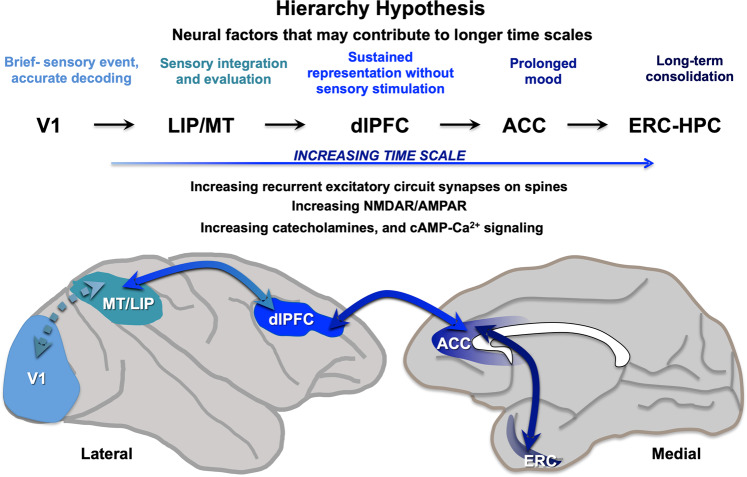Fig. 1. Increasing timescales and information processing across the cortical hierarchy.
Computational analyses of monkey and human data indicate a hierarchy of timescales across the cortex, consistent with the increasing integration, representation, and consolidation of information as one ascends the hierarchy. For example, analyses of the intrinsic fluctuations in neuronal spiking from rhesus monkeys performing cognitive tasks show that sensory cortical areas have shorter timescales (~65–75 ms), PFC association areas have longer timescales (~125–200 ms), the ACC still longer (~250–350 ms), and the entorhinal cortex longest of all, with a range of timescales up to 20 s, consistent with its collaborative role with hippocampus in longer term memory consolidation [4, 11]. As reviewed here, there are also gradients in the degree of recurrent circuits with excitatory synapses on spines, as well as an increasing ratio of NMDAR/AMPAR transmission, catecholamine innervation, and calcium–cAMP actions that permit higher cognitive operations, but also confer vulnerability to dysfunction with environmental and/or genetic insults. Cortical areas are shown on a lateral and medial view of a rhesus monkey brain: V1 primary visual cortex, MT middle temporal cortex (visual area V5), LIP lateral intraparietal cortex, dlPFC dorsolateral prefrontal cortex, ACC anterior cingulate cortex, ERC entorhinal cortex.

